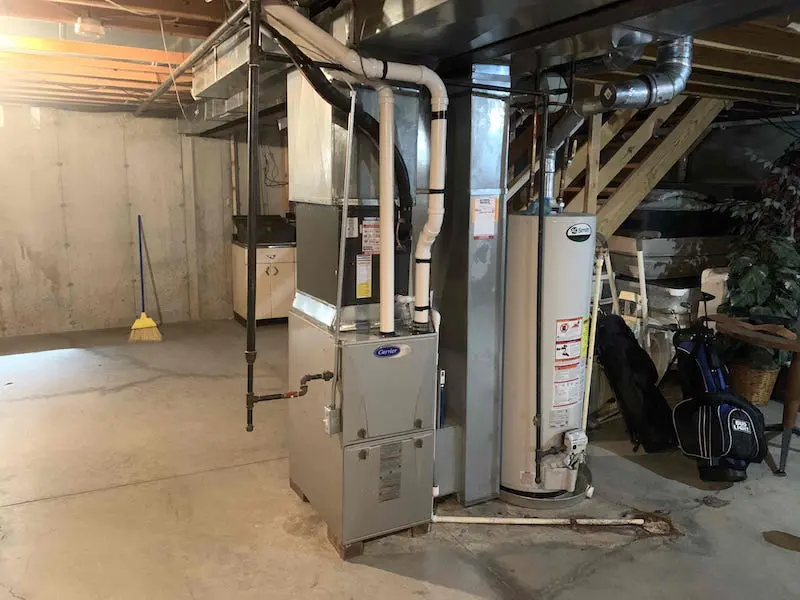Furnace Installation in Dubai
Furnace installation involves the process of installing a heating system in a residential or commercial building.
A furnace is a central heating unit that uses fuel, such as natural gas, oil, or electricity, to generate heat and distribute it throughout the building.
Proper furnace installation is crucial for efficient and safe heating operation, and it is typically performed by professional HVAC technicians.

Here is a brief overview of furnace installation:
1. Assessment and Sizing
The first step in furnace installation is assessing the heating needs of the building. HVAC professionals evaluate factors such as the size of the space, insulation, climate conditions, and desired temperature levels to determine the appropriate heating capacity required. Proper sizing ensures efficient heating and prevents issues like inadequate heating or energy waste.
2. Fuel Source Selection
Furnaces can use different fuel sources, such as natural gas, oil, or electricity. The choice of fuel source depends on factors like availability, cost, and environmental considerations. HVAC professionals help select the appropriate furnace model that aligns with the fuel source available and meets the heating needs of the building.
3. Ductwork Evaluation
Furnace installation may require an assessment of the existing ductwork or the design and installation of new ducts. Properly designed ductwork ensures efficient airflow and heat distribution throughout the building. HVAC professionals consider factors like duct size, insulation, and sealing to optimize heating performance and energy efficiency.
4. Installation Process
The furnace installation process involves several key steps. This includes preparing the installation site, connecting the furnace to the ductwork, and ensuring proper ventilation for combustion gases.
HVAC professionals follow manufacturer guidelines and safety standards to install the furnace securely and compliantly. They also make electrical connections and verify proper functioning of safety features and controls.
5. Testing and Commissioning
Once the furnace is installed, HVAC professionals perform testing and commissioning to ensure proper operation. They check for fuel leaks, verify proper airflow, test the ignition system, and calibrate controls to ensure accurate temperature regulation.
Any necessary adjustments are made to optimize performance and ensure safe and efficient heating.
6. Safety Measures
Furnace installation includes implementing safety measures to protect against potential hazards. This may involve installing carbon monoxide detectors near the furnace, ensuring proper ventilation for combustion gases, and following local building codes and regulations. HVAC professionals prioritize safety during installation to prevent risks to occupants.
